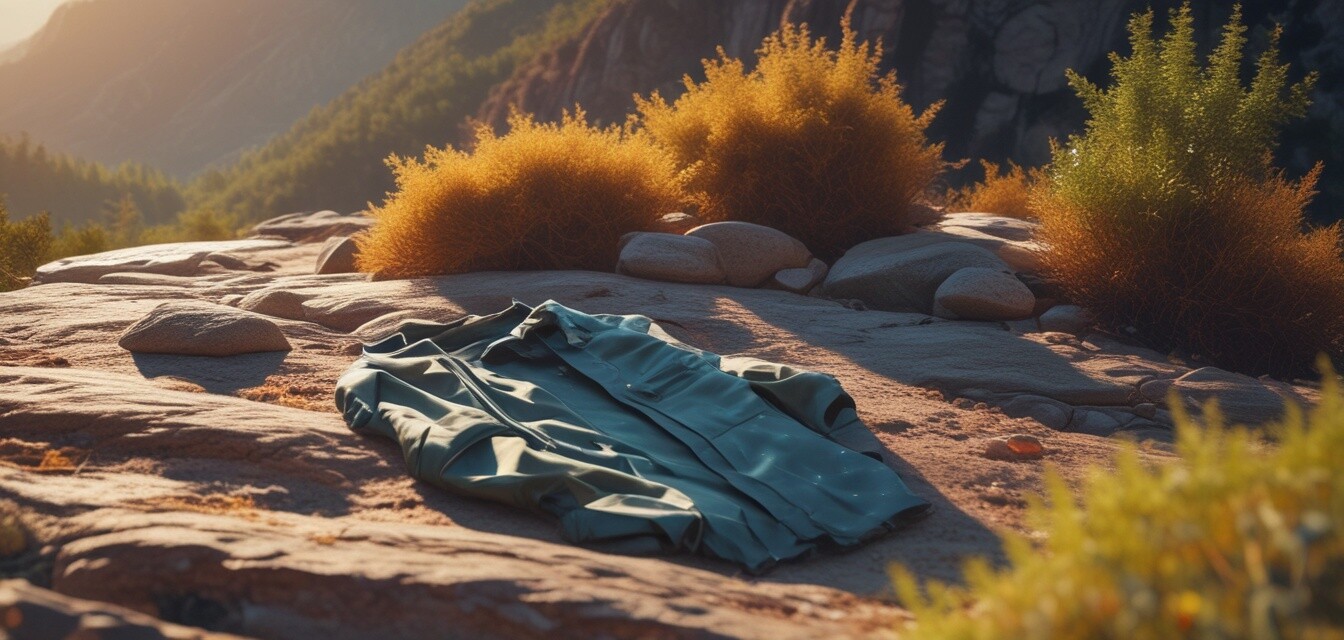
Layering tips for UV protection while hiking
Key Takeaways
- Layering is essential for comfort and UV protection during hikes.
- Choose breathable, UPF-rated fabrics for maximum protection.
- Consider moisture-wicking and lightweight materials.
- Utilize accessories like hats and sunglasses for additional protection.
- Always check the UV index before your hike and prepare accordingly.
Hiking is a fantastic way to enjoy nature, but it also exposes you to harmful UV rays. Wearing UV protective clothing is crucial for maintaining skin health while trekking through sunny trails. In this article, we'll discuss effective layering techniques that will keep you comfortable and safe during those long hikes. Whether you are an experienced hiker or just starting, our tips will help you make the most of your outdoor experience.
Why layering is important for UV protection
When spending extended periods outdoors, especially during sunny days, layering your clothing can effectively reduce your sun exposure while also providing comfort. Each layer serves a unique purpose:
- Base Layer: Wicks moisture away from your skin to keep you dry.
- Middle Layer: Provides insulation and can help regulate body temperature.
- Outer Layer: Shields you from UV rays and external elements like wind and rain.
Choosing the right materials
Choosing appropriate fabrics is vital for ensuring both UV protection and comfort. Here are some common materials used in UV protective clothing along with their benefits:
| Material | Benefits |
|---|---|
| Polyester | Durable, moisture-wicking, and quick-drying |
| Nylon | Strong, lightweight, and offers excellent UV protection |
| Merino Wool | Great insulation and breathable for varied temperatures |
| Bamboo | Eco-friendly, soft, and naturally UV-protective |
Layering tips for comfort and UV protection
Here are some essential tips for effectively layering UV-protective clothing while hiking:
- Start with a UPF-rated base layer: Choose breathable and moisture-wicking fabrics that keep sweat away, ensuring you feel comfortable during your hike.
- Add a middle layer: Depending on the weather, a sweater or fleece can provide warmth without adding too much bulk. Look for lightweight options that offer additional moisture control.
- Finish with a protective outer layer: A lightweight, long-sleeve jacket made of UPF-50+ fabric can shield you from the sun and other outdoor elements. Consider options with ventilation for airflow.
Accessorizing for extra protection
Don't forget to accessorize with items that can further shield you from UV rays:
- Hats: Wide-brimmed hats provide shade for your face, neck, and ears.
- Sunglasses: Look for wrap-around styles that block UV rays and reduce glare.
- Neck gaiters: These can be worn around the neck or pulled up over your face for added coverage.
Understanding UV Index
The UV index is a critical tool for planning your outdoor activities. It indicates the strength of UV radiation on a given day:
| UV Index Level | Description | Recommended Actions |
|---|---|---|
| 0-2 | Low | No protection needed |
| 3-5 | Moderate | Wear UV protective clothing, apply sunscreen |
| 6-7 | High | Wear protective clothing, sunglasses, and sunscreen |
| 8-10 | Very High | Seek shade, and wear a hat, sunglasses, and protective clothing |
| 11+ | Extreme | Avoid sun exposure; take all protective measures |
Final thoughts
Layering properly is key to enjoying your hiking adventures while protecting yourself from harmful UV rays. Always prepare your outfit based on the weather and UV index for the day. By choosing the right materials, arranging your layers effectively, and utilizing protective accessories, you can ensure a safe and comfortable hiking experience.
Pros
- Reduces sun exposure while hiking
- Keeps comfort levels high
- Easily adjustable to weather changes
Cons
- Can be bulky if too many layers are added
- May require additional planning regarding materials